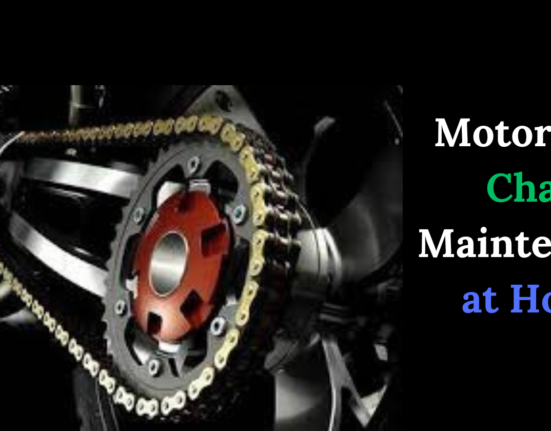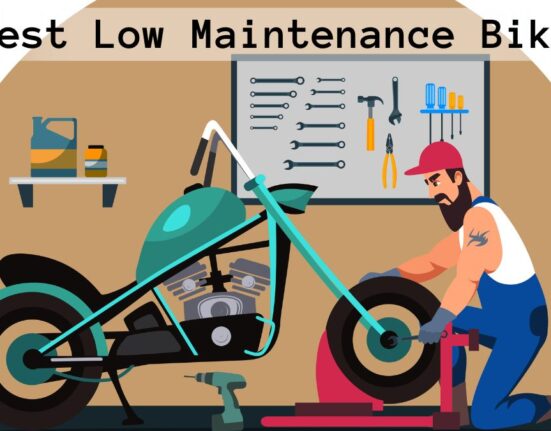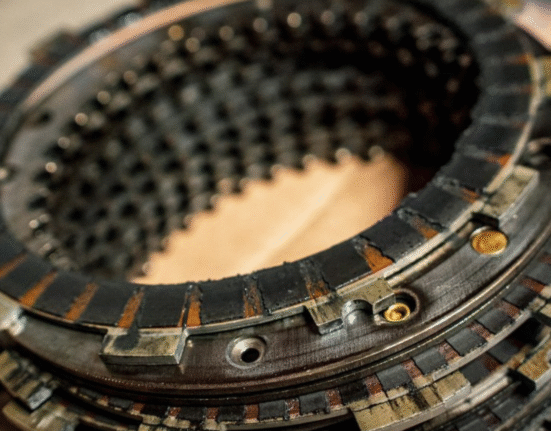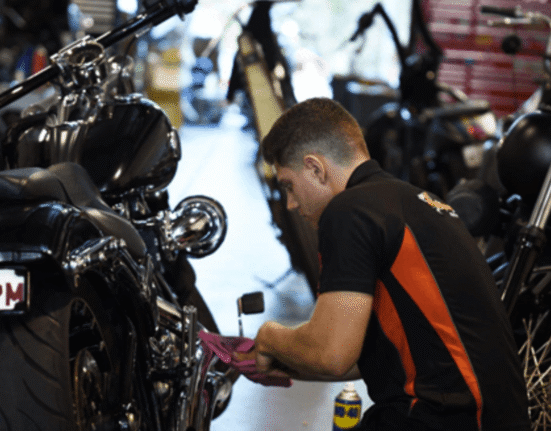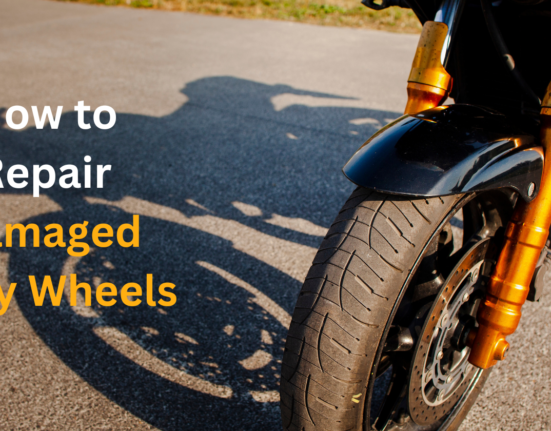Have you ever twisted your throttle expecting a burst of speed, only to feel your motorcycle hesitate or lose power instead? This is a common issue that can frustrate riders and even lead to unsafe riding conditions.
Understanding why your bike is losing power helps you fix the problem before it worsens. Here’s a complete guide to diagnosing and preventing motorcycle power loss.
What Causes a Motorcycle to Lose Power?
A motorcycle engine needs three key elements to run efficiently — air, fuel, and spark. Any disruption in these can lead to poor acceleration or engine hesitation. Below are the most common reasons your motorcycle might lose power when you accelerate.
Fuel Delivery Problems
If your engine isn’t getting enough fuel, it won’t perform well — especially at higher speeds or under load.
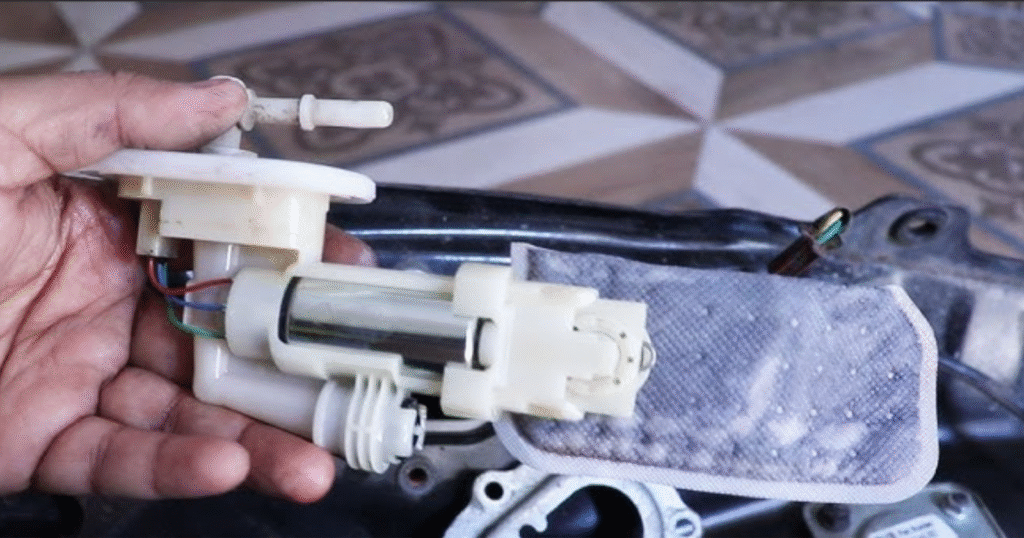
- Clogged fuel filter: A dirty or blocked filter restricts fuel flow, making the bike feel weak.
- Bad fuel: Contaminated or old fuel affects combustion and causes uneven power delivery.
- Weak fuel pump or restricted fuel line: On both carbureted and fuel-injected bikes, an inefficient fuel pump means less fuel pressure and poor acceleration.
Air Intake Issues
Engines require a proper air-to-fuel ratio. When airflow is restricted, combustion becomes weak.

- Dirty air filter: A clogged filter limits oxygen intake and causes sluggish performance.
- Air leaks: Cracks or loose clamps in the intake hose can introduce unmetered air, confusing the engine’s fuel mapping.
- Carburetor problems: On older bikes, a dirty or out-of-tune carburetor can cause rough throttle response and loss of power.
Spark Plug or Ignition Faults
Even with the right mix of air and fuel, the engine needs a strong spark to ignite it.

- Worn or fouled spark plugs: These cause weak or inconsistent ignition, leading to misfires and reduced power.
- Faulty ignition coil or wires: Damaged components can interrupt spark delivery, especially under load.
Also Read: How to Save Clutch Plate of Bike: Real Tips Riders Can Trust
Fuel-Injected Motorcycle Loses Power When Accelerating
Fuel-injected (FI) motorcycles rely on sensors and precise fuel management. When one component fails, performance drops instantly.
Dirty or Clogged Fuel Injectors
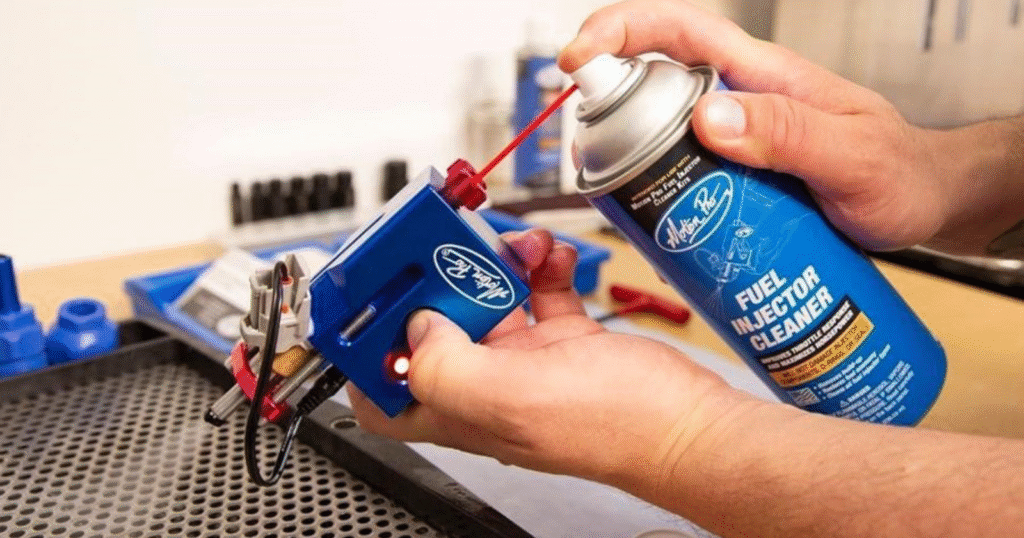
Over time, injectors can collect carbon and dirt, disrupting the spray pattern. When this happens, the engine starves for fuel and hesitates during acceleration. Cleaning or replacing injectors often restores full power.
Faulty Throttle Position Sensor (TPS)
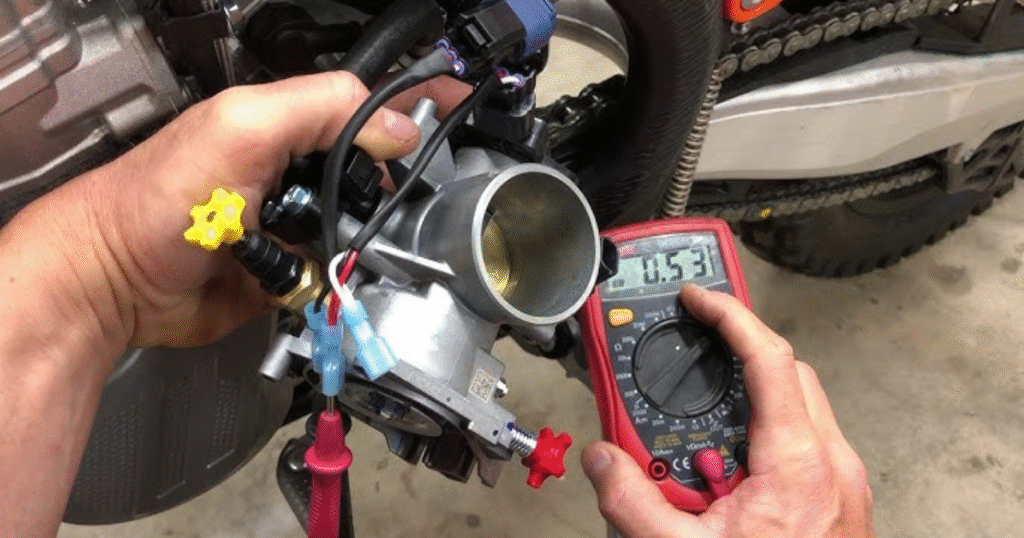
The TPS monitors throttle opening and tells the ECU how much fuel to inject. A failing TPS sends wrong signals, leading to jerky throttle response or a flat power band. Symptoms include hesitation, surging, and reduced fuel efficiency.
Weak Fuel Pump
If the fuel pump can’t maintain pressure, the engine will hesitate or feel like it’s “running out of breath” at higher RPMs. A high-pitched whining sound from the fuel tank before starting can also be an early sign of pump failure.
Electrical and Battery Problems
Modern motorcycles rely heavily on electrical systems. Any weakness here can directly impact performance.
Weak Battery or Loose Terminals
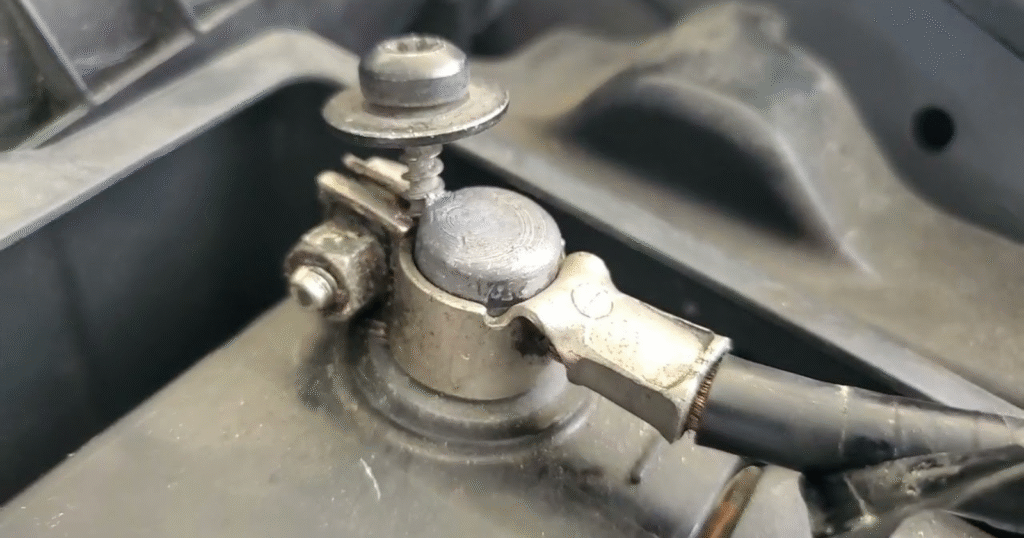
A weak or poorly connected battery can cause voltage drops that affect sensors, ignition, and fuel pumps. Always check that your battery terminals are tight and corrosion-free.
Failing Alternator or Stator
If your stator or regulator-rectifier isn’t charging properly, your bike may start strong but lose power as voltage drops. Signs include dimming headlights, poor throttle response, or the engine dying mid-ride.
Exhaust and Emission System Issues
A motorcycle must expel exhaust gases efficiently. If that flow is blocked, the engine loses breathing capacity.
Blocked Muffler or Catalytic Converter

A clogged exhaust or catalytic converter creates excessive back pressure, preventing exhaust gases from escaping. This directly reduces engine power and throttle response.
Damaged Exhaust Valve
Faulty exhaust valves can trap gases in the cylinder, lowering compression and engine efficiency. This often requires a mechanic to inspect and adjust valve clearances.
Mechanical Engine Problems
If your motorcycle is well-maintained but still losing power, internal mechanical issues could be the reason.
Low Compression
Worn piston rings, damaged cylinder walls, or a leaking head gasket can cause low compression, making the engine lose power even with proper fuel and spark.
Overheating
Excessive heat causes power loss by reducing air density and efficiency. Overheating can also trigger the ECU to limit power output as a protective measure.
How to Diagnose Motorcycle Power Loss
You don’t always need a workshop to identify the issue — here’s a step-by-step approach you can follow.
Start with Basic Checks
- Use fresh, clean fuel.
- Inspect and, if necessary, replace the air filter.
- Tighten battery terminals and test voltage.
- Look for loose wires, fuel leaks, or vacuum hose damage.
Perform a Spark Plug Inspection
Remove and inspect your spark plugs. If they’re blackened, oily, or heavily worn, replace them. Check the plug gap and ensure each cylinder fires consistently.
Check Error Codes (for Fuel-Injected Bikes)
Modern motorcycles can display fault codes for sensor or fuel issues. Use your bike’s onboard diagnostic mode or visit a mechanic with a diagnostic scanner to pinpoint faulty sensors like the TPS or oxygen sensor.
Preventive Maintenance Tips
Most power loss issues can be avoided with routine maintenance and good habits.
Use Quality Fuel
Always fill up with fresh, reliable fuel. Avoid riding on nearly empty tanks — it strains the fuel pump and may pull in impurities from the bottom.
Replace Filters Regularly
Keep both air and fuel filters clean to ensure smooth performance. Clogged filters are one of the simplest yet most common causes of power loss.
Routine Servicing
Regularly check spark plugs, valve clearances, and electrical connections. Also, inspect the charging system to ensure the stator and regulator are working properly.
When to Visit a Mechanic
If you’ve performed all the above checks and your motorcycle still loses power, professional diagnosis is the next step. Visit a mechanic if you notice:
- Persistent hesitation or misfiring
- Loud knocking or metallic engine noise
- Visible smoke or oil leaks
- Sudden drop in fuel economy
- Dashboard warning lights
Good mechanics have the right tools to test compression, fuel pressure, and sensor performance accurately.
Final Thoughts
A motorcycle losing power when accelerating isn’t always a major problem — but it’s always worth investigating early. Whether it’s clogged filters, worn spark plugs, or an electrical fault, most causes are easy to diagnose and fix with a bit of knowledge.
Regular maintenance and attentive riding habits go a long way in keeping your motorcycle running strong and responsive every time you hit the throttle.


